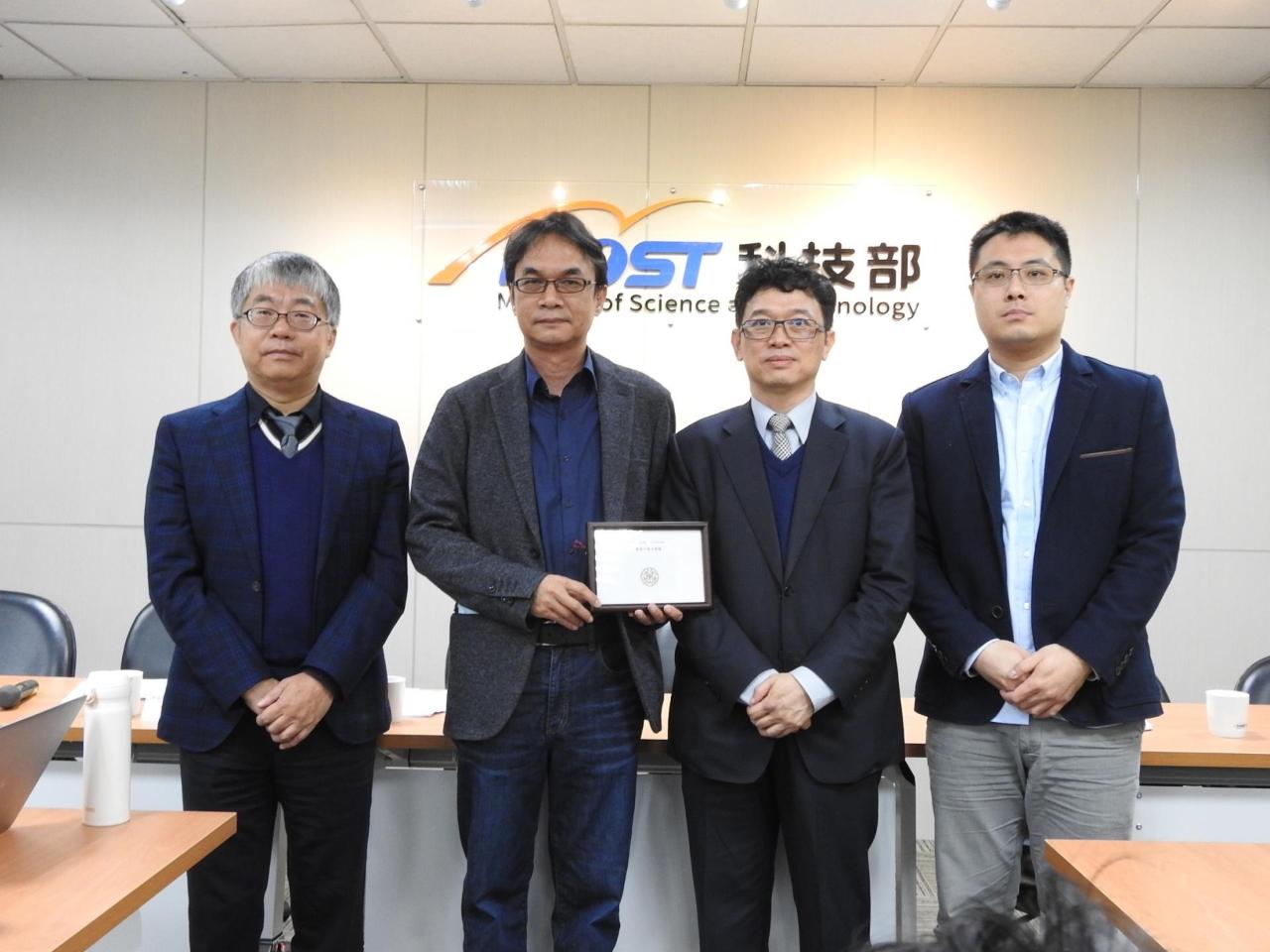Under long-term supporting from Ministry of Science and Technology (MOST), Taiwan, the research team of “Emergent Renewable Energy for Next Generation” in Taiwan have recently reported an innovative development on the renewable energy research of “solar-to-hydrogen” generation based on ultrathin atomic layer material of “graphene”. This cross-university research team is led by Prof. Chun-Wei Chen (National Taiwan University), Prof. Bing-Joe Huang (National Taiwan University of Science and Technology), Prof. Di-Yang Wang (Tunghai University), under the support of focused-project called Taiwan Consortium of Emergent Crystalline Materials (TCECM), MOST.
As the issue of global warming has become the most critical issue for mankind in this century, the development of renewable energy to minimize carbon pollution has become the feasible solution. Although solar cells have been widely used to generate electricity directly from the sun, however, the critical issue for solar cells is that the solar energy cannot be used at night or cannot be stored or transported like the fuels of gas or oil we are using daily. One possible solution is to use photo-electrochemical (PEC) conversion for direct solar-to-hydrogen (H2) production, which can split the water into hydrogen and oxygen by using sunlight at semiconductor/electrolyte interfaces and has drawn attention as an environmentally friendly technology for clean energy. The development of cheap and durable photoelectrodes for water splitting is a fundamental challenge in hydrogen production. Silicon (Si) is a feasible commercial PEC material because it is an existing semiconductor for industry,. However, large reflection and poor stability of conventional Si wafer at electrolytes limits the efficiency and stability of the PEC hydrogen production.
“Graphene”, which comprises only a single-atom-thick plane of carbon atoms arranged in a honeycomb lattice, exhibits promising electronic and optoelectronic properties attributed to its unique two-dimensional (2D) energy dispersion. It has a thickness of ~0.34 nm which is about 1/100,000 of the radius of a human hair is the thinnest material existing in nature. Inspired by its excellent carrier transport, high transparency and superior corrosion protection due to its chemical inertness of graphene, the research team demonstrated an innovative design of PEC device based on a graphene/Si Schottky junctions for promising and stable H2 production. They developed a novel method to for water splitting or solar-to-fuel conversion based on that the formation of graphene/Si Schottky junctions with a 3D architecture which significantly improved the performance and durability of Si-based photo-electrochemical systems. The result has been recently published in the prestigious journal in energy research field of “Advanced Energy Materials” and was selected as the back cover of the issue.
Media Contact
Professor Chun-Wei Chen
Department of Materials Science and Engineering, National Taiwan University
TEL: 02-33665205
Email:chunwei@ntu.edu.tw
Dr. Ting-Yang Kuo
Department of Natural Sciences and Sustainable Development,
Ministry of Science and Technology
TEL: 02-27377465
